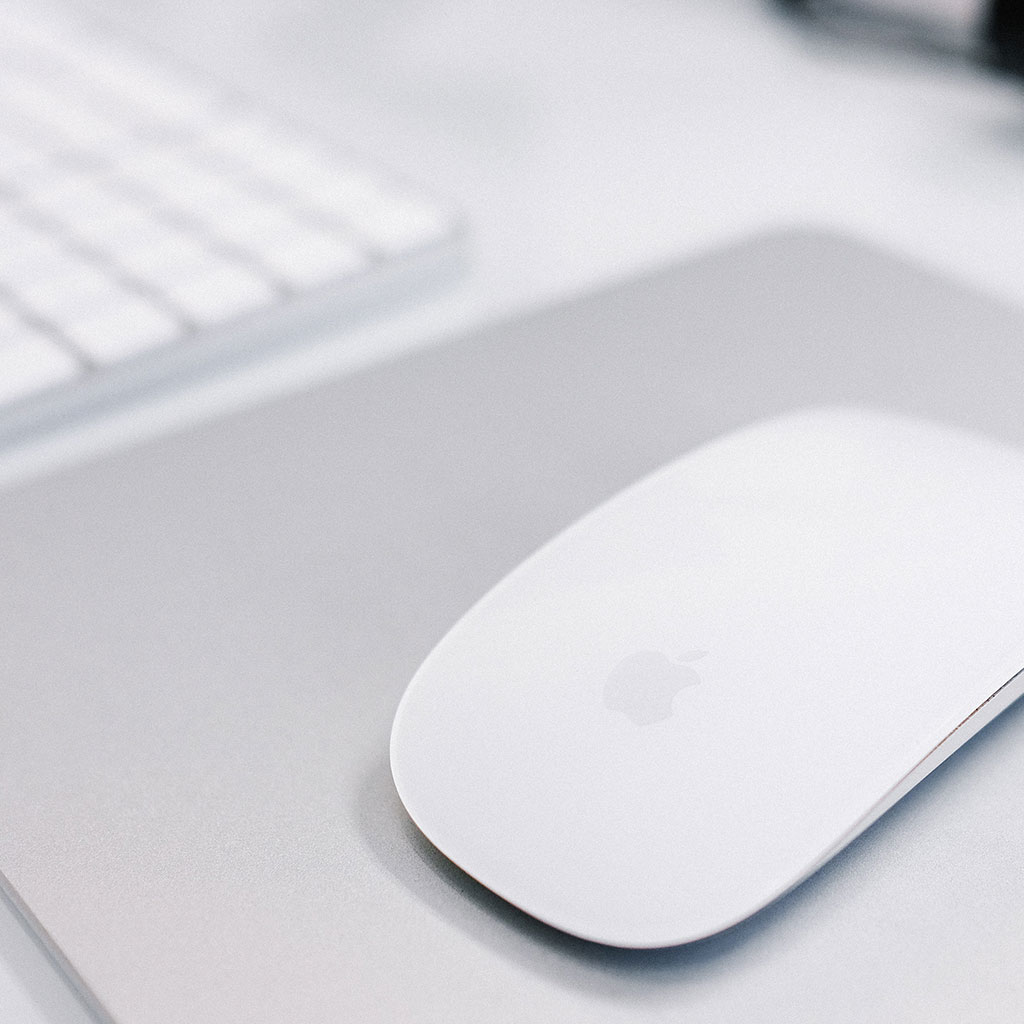Do iMacs last longer than MacBooks
Do iMacs last longer than MacBooks
In this article, we delve into the factors that influence the longevity of iMacs and MacBook laptops, helping users make informed decisions about which Apple device might better suit their needs and expectations for long-term performance.
Is the lifespan of iMacs longer than that of MacBooks?
The longevity of both iMacs and MacBooks can vary significantly depending on various factors, including usage patterns, maintenance, hardware specifications, and individual user requirements. There is no straightforward answer as to whether iMacs last longer than MacBooks, as it largely depends on how each device is utilized and maintained.
iMacs typically have larger, more powerful components and better cooling systems than MacBooks, which can contribute to a longer lifespan, especially for tasks that demand high performance. They are often used as desktop workstations and can handle resource-intensive applications for extended periods. Additionally, iMacs are less prone to physical wear and tear since they remain stationary on a desk, reducing the likelihood of accidents like drops or spills. However, as with any computer, the longevity of an iMac depends on factors such as regular maintenance (like cleaning dust from internal components and keeping software updated) and whether the hardware can keep up with evolving software demands over time.
On the other hand, MacBooks are built for portability, making them more susceptible to physical damage due to their frequent movement and exposure to external elements. While they are designed to be durable and can last for many years, they may require more careful handling to maintain their longevity. Additionally, MacBook components are more compact, which can sometimes result in heat management challenges, potentially affecting long-term performance. However, MacBooks often receive updates and improvements more frequently than iMacs, ensuring that they can stay relevant and efficient for a longer period.
Ultimately, whether an iMac or MacBook lasts longer depends on the user’s specific needs, care, and how well the device aligns with their workflow and performance requirements. Regular maintenance, appropriate usage, and staying updated with software and hardware advancements are key factors that can contribute to the extended lifespan of both iMacs and MacBooks.
How can users make their iMacs and MacBooks last longer?
Maximizing the lifespan of both iMacs and MacBooks relies on a set of proactive maintenance practices that help ensure optimal performance and longevity. Firstly, managing battery health is essential, particularly for MacBook users. Avoid deep discharges and consistently charge your MacBook before the battery reaches critically low levels. Apple provides built-in tools to check battery health and offer recommendations for preserving it. Regularly updating the operating system is equally crucial. Installing system updates and security patches not only enhances security but also keeps your device running smoothly. It’s worth noting that macOS updates are tailored to various hardware models, so ensure your iMac or MacBook receives the appropriate updates. Additionally, while newer Macs with solid-state drives (SSDs) tend to last longer, managing storage space is still essential. Regularly declutter your storage disk by removing unnecessary files and applications to prevent performance degradation caused by limited disk space.
Furthermore, keeping your iMac or MacBook physically clean is crucial for longevity. Dust and debris can accumulate inside the device, affecting cooling systems and potentially causing overheating. Periodically cleaning the exterior and interior components, especially the cooling fans and vents, can help maintain proper airflow and prevent overheating issues. Lastly, staying informed about hardware and software advancements is essential. Apple often releases major updates and hardware improvements, such as the transition from Intel Macs to Apple Silicon, which can significantly impact the lifespan and capabilities of your device. Understanding the average lifespan and knowing when it’s an appropriate time to consider an upgrade can ensure you’re getting the most out of your iMac or MacBook.
Are there specific tasks or use cases where iMacs or MacBooks may demonstrate superior longevity?
Certainly, iMacs and MacBooks may demonstrate superior longevity depending on the specific tasks or use cases they’re employed for. iMacs, with their stationary nature, often excel in scenarios where high computing power and longevity are essential. They are commonly used in professional settings for tasks like graphic design, video editing, and software development. With larger and more powerful components, they can handle resource-intensive applications for extended periods, which can contribute to a longer lifespan. Additionally, iMacs tend to have better cooling systems than laptops, which can help maintain optimal performance over time. Their stationary position also reduces the likelihood of physical damage, making them less prone to accidents that could impact longevity.
On the other hand, MacBooks are designed for portability, and they excel in tasks and scenarios where mobility is crucial. They are favored by professionals who require computing power on the go, such as journalists, photographers, and business travelers. MacBooks also receive frequent updates, ensuring that they remain compatible with the latest software and technologies. The transition from Intel Macs to Apple Silicon, as seen with the introduction of the 14-inch MacBook Pro, represents a major advancement that can significantly impact the longevity and capabilities of the device. Additionally, MacBooks are built with durability in mind, and while they may be more susceptible to physical wear due to their portable nature, proper care and maintenance can contribute to their long-term performance and battery life. Overall, the superior longevity of iMacs or MacBooks largely depends on how well they align with the specific tasks and mobility requirements of the user.





You must be logged in to post a comment.